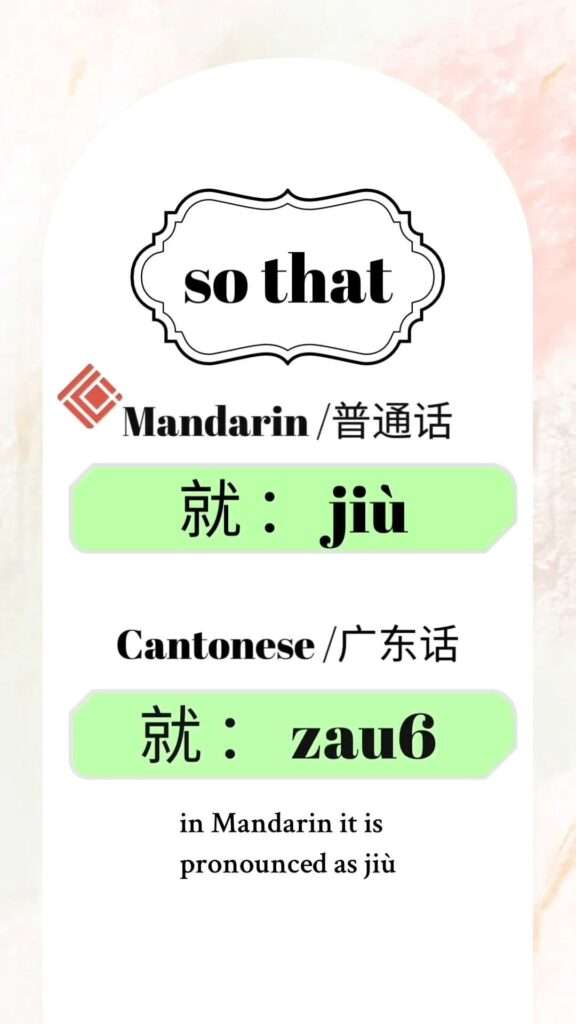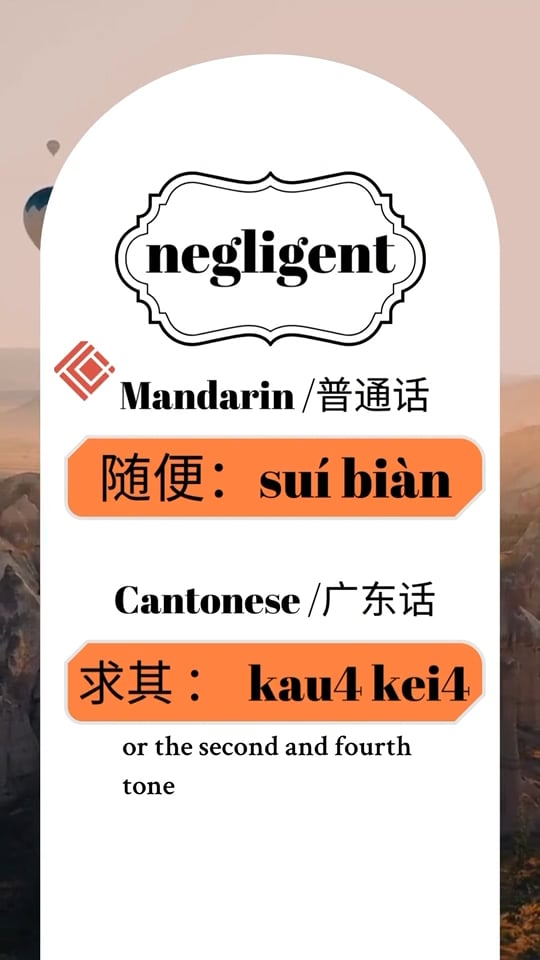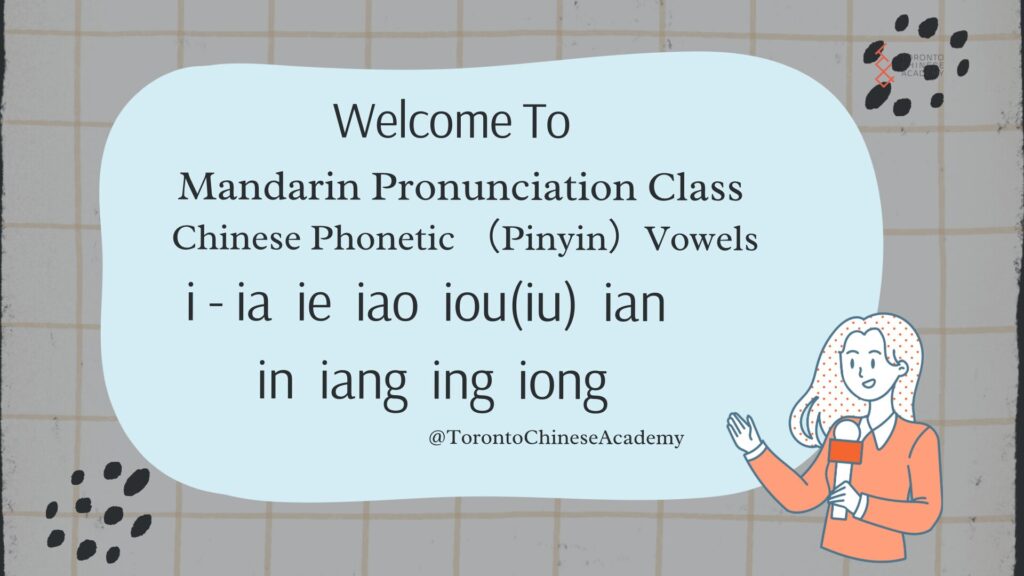What Levels Are There in the Chinese Proficiency Level Test?
The HSK has been updated to a nine-band system (HSK 3.0), which is being gradually rolled out. However, the widely available and currently administered test is the six-level system (HSK 2.0). This explanation will cover both.
1. The Current Six-Level System (HSK 2.0)
This is the test you will most likely take for the foreseeable future. It aligns (very roughly) with the Common European Framework of Reference for Languages (CEFR).
HSK Level Vocabulary CEFR Rough Equivalent Description of Skills
HSK 1 150 words A1 Understand and use very simple words and phrases, able to meet basic communication needs.
HSK 2 300 words A2 Can communicate simply and directly on daily topics they are familiar with.
HSK 3 600 words B1 Can conduct basic communication in daily, academic, and professional life. Can handle most situations while traveling in China.
HSK 4 1,200 words B2 Can discuss a wide range of topics in Chinese and communicate fluently with native speakers.
HSK 5 2,500 words C1 Can read Chinese newspapers, enjoy Chinese films and plays, and give a full speech in Chinese.
HSK 6 5,000+ words C2 Can easily comprehend written and spoken information and express themselves fluently, both orally and in writing.
Structure: Levels 1 and 2 test only Listening and Reading. Levels 3 through 6 test Listening, Reading, and Writing.
2. The New Nine-Band System (HSK 3.0)
This is a newer, more granular system designed to provide a more detailed assessment of proficiency. It’s being phased in, and full global implementation will take time.
· Beginner: HSK (Band 1), HSK (Band 2), HSK (Band 3)
· Intermediate: HSK (Band 4), HSK (Band 5), HSK (Band 6)
· Advanced: HSK (Band 7), HSK (Band 8), HSK (Band 9)
This system has stricter requirements and a much larger vocabulary demand (e.g., Band 9 requires over 11,000 words). For now, most test-takers and institutions still use the six-level system.





No comment yet, add your voice below!